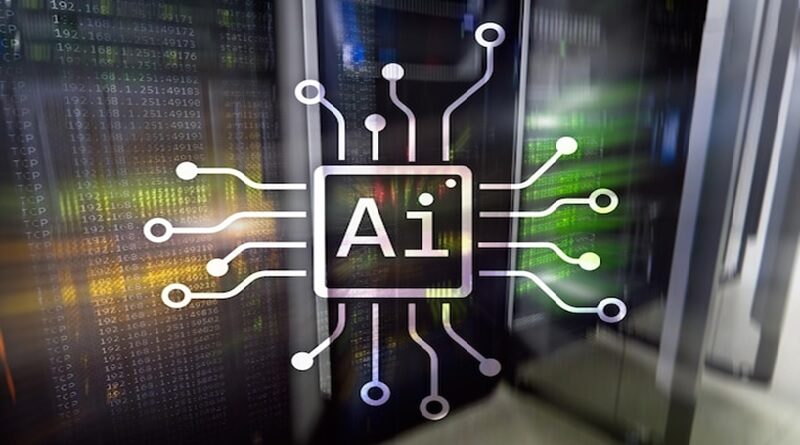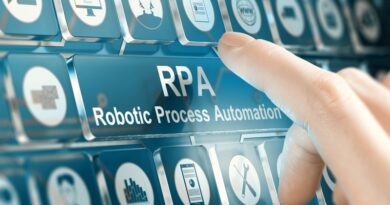What The Rise Of Artificial Intelligence Means For The Future Of Saas
In our daily lives, almost all of us have used Google, Microsoft, and Adobe, and it is indisputable that each of these services has profoundly changed our lives for the better. But did you know that the SaaS, or software-as-a-service, sector includes all of these tech behemoths?
Do you know what will revolutionise the SaaS market, even though it has altered our lives? Technology based on artificial intelligence and machine learning are the main forces transforming this sector.
Additionally, if you run a SaaS business or work for one, you must use the SaaS dashboard to gather accurate data in real-time for your team and make decisions based on that data that will increase your success rate.
You will learn how SaaS organisations use artificial intelligence in this article’s new projects, which will fundamentally change their future.
The Current SaaS Business Landscape
About 68% of the cloud market is made up of the SaaS industry. With only 22% growth per year up until last year, it was previously the sector of the cloud business that was growing the slowest. Venture capitalist funding for SaaS startup initiatives has decreased. Market saturation is cited as the cause of this.
It is now anticipated that the SaaS market will grow more slowly than in the past. But the SaaS industry is probably going to grow.
All of the main technological companies, including Google, Microsoft, and Amazon, have made artificial intelligence-based offers public. Oracle, a significant player in the SaaS market, is investing extensively in artificial intelligence and machine learning. Some believe that this could surpass salesforce in the SaaS sector. This shows that implementing artificial intelligence (AI) may be the next crucial step in improving a SaaS and securing its market domination.
How Artificial Intelligence Can Be Used in the SaaS Industry
Artificial intelligence and machine learning are trends that SaaS is increasingly embracing. Currently, investors are very interested in this industry. Here are a few SaaS applications with artificial intelligence.
1. Hyper-personalization
SaaS can benefit from hyper-personalization thanks to A.I. Other smartphone applications, like Starbucks’ My Starbucks Barista, have already displayed this personalization. User interfaces that are tailored to the client can benefit from the ability to comprehend using artificial intelligence and traditional language processing based on the customer’s recent engagements.
Here’s an illustration: If we take into account some SaaS that lacks A.I. expertise and keep adding features and services, we will only continually clog the user experience. The trouble for the customer will rise as a result. On the other hand, artificial intelligence will help with customization and a better understanding of its characteristics. The overall customer experience will be further improved by this.
2. Utilizing automation
A combined with automation. I can be useful in many different ways. Where manual tasks were previously necessary, it can enhance the user experience. One example is a chatbot that assists consumers by answering simple questions.
By eliminating the need to hire additional workers to complete more important tasks, automation lowers costs. A chatbot can automatically respond to login reset requests by providing a link to a knowledge base, freeing up customer service representatives to handle more difficult queries.
Keeping consumers engaged from all angles is one of the major problems SaaS faces. This might be challenging while meeting all customer care needs and guaranteeing that every customer has a positive experience. A. I can be helpful in these situations since it minimises separation and gives the appearance of human input.
There are countless applications that leverage this capability, such as banking apps, where bots continuously react to queries. In extraordinary circumstances, the bot will forward the client to an operator who is human.
3. Event Prognoses
Artificial intelligence has a lot of potential applications in SaaS. Predictive analytics may be forced to enhance user experience and lower churn in SaaS.
When a user appears to be withdrawing, for instance, machine learning can predict their preferences or behaviour and initiate actions or notifications.
4. Analysis of Product Search Intent
When a buyer researches a product for consumption, how can we discover their specific outcomes? One aspect taken into account in the product ranking is the user clickthrough rates or the sell-through costs of an item.
The interactive data of the user links his query to the item page display all the way up to the purchase event. Based on thorough data processing of inquiry logs and consumer goods, we can produce graphs relating to queries and products.
5. Review of the Code for Release Management
It is not a good idea to worry about the SaaS jogging the code and launching early. Simply put, it will cause a malfunction or crash that bothers every user, which can be extremely unpleasant and expensive. There are several dangers associated with legal liability and reputation, but having the flexibility to act fast can be advantageous. Consider becoming the first to interact with customers in a lucrative market. The distinction between leading and following can then be quite important.
The ability to code can be improved by artificial intelligence, positioning SaaS developers as a significant difference. It can do this by putting in place the appropriate checks to evaluate the coding quality. Let’s say artificial intelligence can confirm that the SaaS can quickly serve millions of users. In that case, the organisation as a whole can be summed up in weeks as opposed to months.
6. Threat Detection with Better Security
Standard security features are no longer useful, and cloud security has always been a major issue for SaaS. There are perimeter defence tools available for new threats, but they also need human interaction.
A., however I can make SaaS security services replicable so they can study evolving security risks. Oracle has just added artificial intelligence to its selection of cloud security services. Automated threat detection has improved because to this technology.




